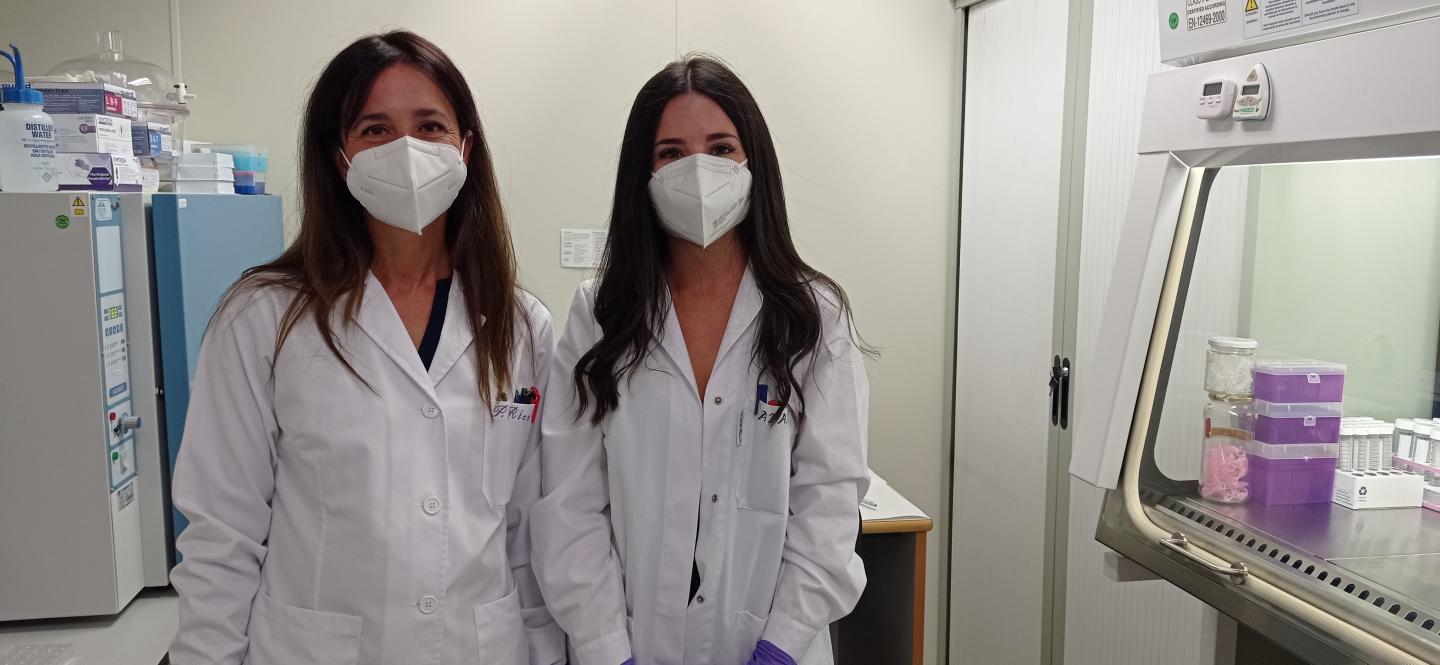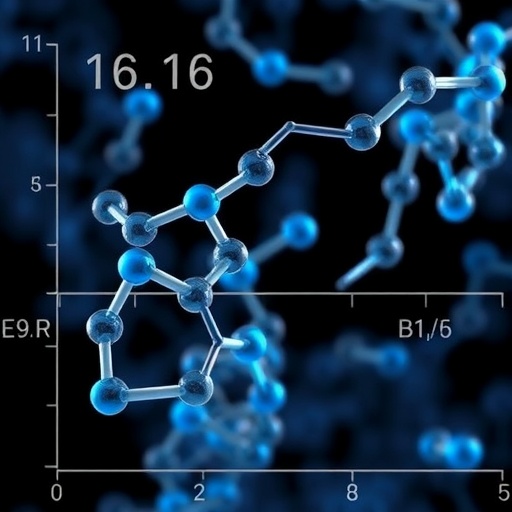It has been designed and tested, at the preclinical level, by the UPV and the CIBER-BBN

Credit: UPV
A team from the Universitat Politècnica de València (UPV) and the CIBER Bioengineering, Biomaterials and Nanomedicine (CIBER-BBN) has designed and tested, at a preclinical level, a new biomaterial for the treatment and recovery of muscle injuries. It is a boron-loaded alginate hydrogel, which would be administered with a subcutaneous injection. According to the tests carried out so far -in animal models-, it is capable of regenerating damaged muscle very rapidly -specifically, in half the time it takes for it to regenerate naturally.
The scientific advance could also be applied to the prevention and treatment of muscle atrophy associated with aging. The results of the work of these Spanish researchers have been published in the journal Materials Science & Engineering C.
The key to the high performance of this biomaterial lies in the release of boron, with which the hydrogel is loaded in a simple way. When released, it stimulates the integrins -proteins which are present in all cells of the body and play a fundamental role in the adhesion of cells to the extracellular matrix-, which generates a correct formation of tissues.
According to the UPV and CIBER-BBN team, the simultaneous stimulation of the integrins that bind fibronectin and the boron ion transporter (NaBC1) significantly improves muscle regeneration at the anatomical level. It does so because it induces a greater number of adhesions, and of greater size, in undifferentiated muscle cells, which are those that participate in muscle regeneration after an injury, which ultimately favours the formation of differentiated myotubes that are necessary for the correct creation of new regenerating muscle fibres.
“In the tests that we have carried out in our laboratories after inducing an acute injury with cardiotoxin (cobra snake venom) in mice, the activation of NaBC1 accelerated the process of muscle regeneration. We verified that, by adding boron to damaged muscle cells, their level of adhesion increased, and now they adhered in a faster and more robust way, allowing the muscle to regenerate in a shorter period of time”, adds Dr. Patricia Rico, researcher at the CIBER-BBN at the Centre for Biomaterials and Tissue Engineering of the Universitat Politècnica de València.
Thus, this work suggests a simple and novel way to achieve muscle regeneration through the interaction between specific receptors on the cell membrane. “If, for example, a second degree fibrillar tear takes 30 days to regenerate, the use of our hydrogel reduces the recovery time to 15 days,” remarks Patricia Rico.
Dr. Rico’s team is currently working on the study of the application of this new biomaterial to the treatment of muscular dystrophies such as Duchenne muscular dystrophy, a rare inherited disease that affects 1 in 100,000 children. “Our objective is to assess the possibilities of our system for the treatment of this dystrophy, which usually manifests between two and three years of age and which, being a degenerative disease, drastically reduces the life expectancy of these children,” concludes Patricia Rico.
###
Media Contact
Luis Zurano Conches
[email protected]
Original Source
http://www.
Related Journal Article
http://dx.





